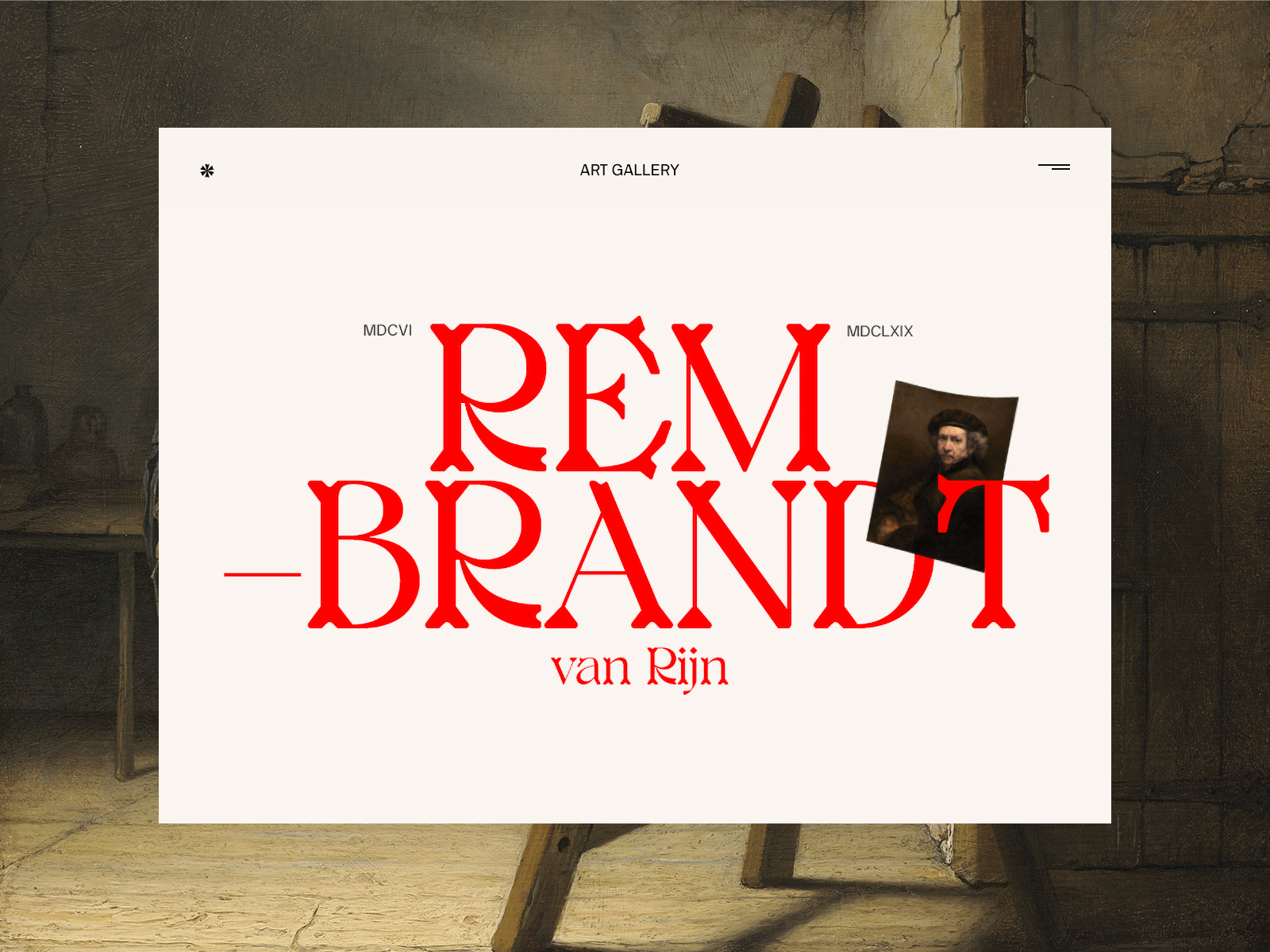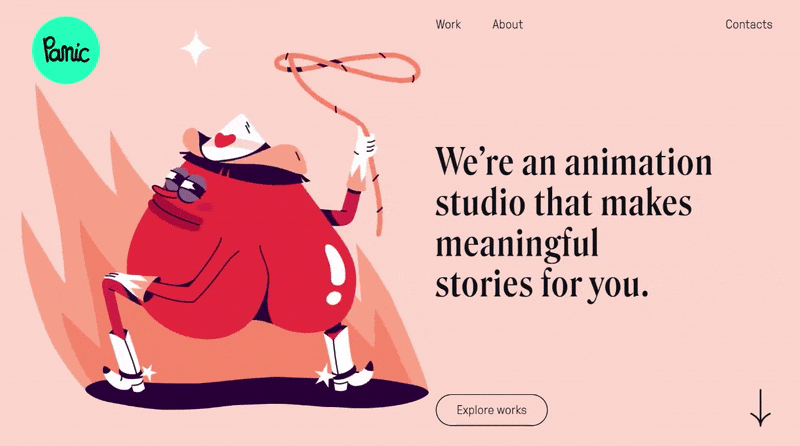What to include in your product design portfolio?
- VKL

- Apr 3, 2023
- 4 min read

When creating a product design portfolio, it's important to showcase your skills, experience, and design process to potential clients or employers. Here are some elements to include in your product design portfolio:
Introduction:
Begin with an introduction that briefly explains who you are, what you do, and what you're passionate about. This can include a brief overview of your experience, education, and design philosophy.
Case studies:
Showcasing your design process is crucial, and the best way to do this is by including case studies. These should provide an in-depth look at your design process, including your research, ideation, prototyping, and testing phases. Be sure to highlight any unique challenges you faced and how you overcame them.
Projects:
Include a selection of your best projects, along with a brief description of each one. This can include everything from user interfaces, websites, mobile apps, physical products, and more. Highlight the problem you were trying to solve, the design solutions you came up with, and the results of your work.
Skills:
Make sure to highlight your design skills, including your proficiency in software tools like Sketch, Adobe Creative Suite, or Figma. You can also include any technical skills, such as coding or 3D modeling.
Collaborations:
If you've worked with other designers, developers, or stakeholders on any projects, include them in your portfolio. Be sure to highlight your role in the collaboration and how you worked together to achieve the project's goals.
Personal projects:
Including personal projects can help demonstrate your creativity and passion for design. These can be anything from illustrations, animations, or experimental designs.
Testimonials:
If you have any testimonials from previous clients or colleagues, include them in your portfolio. These can provide social proof of your skills and expertise.
Overall, your product design portfolio should showcase your skills, experience, and design process while highlighting your unique style and creativity. Keep it concise, organized, and visually appealing to grab the attention of potential clients or employers.
Visuals:
The visual presentation of your portfolio is crucial in grabbing the attention of potential clients or employers. Use high-quality images, videos, and animations to showcase your work. Make sure to include both sketches and final designs, as well as any relevant images of the design process.
User-centered design:
It's important to showcase your ability to create user-centered designs. Include examples of how you incorporate user feedback and usability testing into your design process.
Problem-solving:
One of the key elements of product design is problem-solving. Highlight your ability to identify design problems and come up with innovative solutions to solve them.
Context:
Make sure to provide context for each project. Explain the user demographics, the problem you were trying to solve, and any constraints or limitations you faced during the design process.
Diversity:
Including a diverse range of projects in your portfolio can help demonstrate your versatility as a designer. Include projects from different industries, such as healthcare, education, or finance.
Awards and recognition:
If you've won any design awards or have been recognized for your work, make sure to include them in your portfolio. This can help establish your credibility and expertise in the industry.
Contact information:
Finally, make sure to include your contact information in your portfolio, such as your email address or LinkedIn profile. This makes it easy for potential clients or employers to get in touch with you if they're interested in working with you.
In summary, your product design portfolio should showcase your skills, experience, and design process in a visually appealing and organized way. Including case studies, projects, personal work, testimonials, and awards can help demonstrate your expertise and credibility in the industry. Make sure to provide context for each project, highlight your user-centered design skills, and include your contact information so potential clients or employers can get in touch with you.
Accessibility:
As a product designer, it's important to show that you can design products that are accessible to a wide range of users. Include examples of how you've incorporated accessibility features into your designs and how you've considered the needs of users with disabilities.
Iteration:
Showcasing how you iterate on designs can demonstrate your commitment to continuous improvement. Include examples of how you've improved designs over time based on user feedback or changes in the project requirements.
UX writing:
UX writing is an important aspect of product design. Include examples of how you've incorporated clear, concise, and effective copy into your designs to improve the user experience.
Data-driven design:
Including examples of how you've used data to inform your design decisions can demonstrate your analytical skills and ability to make data-driven decisions.
Industry trends:
Keeping up with industry trends and incorporating them into your designs can demonstrate your ability to stay current and innovative. Include examples of how you've incorporated new design trends or technologies into your projects.
Creative process:
Finally, don't be afraid to showcase your creative process. Include sketches, wireframes, or any other artifacts that demonstrate how you brainstorm ideas and come up with innovative design solutions.
By including these elements in your product design portfolio, you can demonstrate your expertise, creativity, and versatility as a designer. Remember to keep your portfolio concise, well-organized, and visually appealing to make a strong impression on potential clients or employers.
Teamwork and collaboration:
Product design is often a collaborative effort, so it's important to showcase your ability to work well with others. Include examples of how you've collaborated with developers, product managers, or other designers to create successful products.
Design thinking:
Demonstrating your understanding of design thinking can show that you approach design problems in a structured and systematic way. Include examples of how you've used design thinking frameworks, such as empathy mapping or journey mapping, in your design process.
Branding and visual identity:
Product design is often closely tied to branding and visual identity. Include examples of how you've incorporated branding guidelines or created visual identities for products.
Industry expertise:
If you have experience working in a specific industry, such as healthcare or finance, include examples of projects you've worked on in that industry. This can demonstrate your expertise and understanding of the unique challenges and constraints in that industry.
Professionalism:
Finally, it's important to showcase your professionalism in your portfolio. This includes things like meeting project deadlines, communicating effectively with clients or stakeholders, and following design best practices and industry standards.
Remember that your product design portfolio should showcase your unique strengths and style as a designer. Use these elements as a guide, but don't be afraid to include other elements that you think are important. Ultimately, your portfolio should be a reflection of your skills, creativity, and passion for product design.










Comments